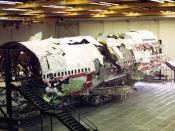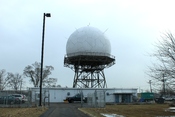Airplane accidents are considered the most severe accidents. Not only the passengers and crew, but also people around the accident area may be casualties of the plane crash. If you compare statistics of car accidents versus plane accidents per year, you will recognize that the number of casualties in car accidents are greater. A plane accident sounds more severe, because of mass casualties in a short amount of time. We can minimize airplane accidents by enforcing civilian aircraft safety in cooperation with the Air Safety Agencies all around the world. Civilian aircraft safety sets high priorities on teamwork and international cooperation.
There are two Federal Agencies who are mainly responsible for air safety. They are the Federal Aviation Administration (FAA) and National Transportation Safety Board (NTSB), which are part of the US Department of Transportation. Their responsibilities are wide ranging in the branch of air safety. The FAA focuses only on air safety of any flying object, whereas the NTSB is in charge of transportation in general.
The FAA enforces rules of all aspects of civilian aviation. They manufacture planes such as testing pilots (Gaffney 15-16). If a pilot has to learn about his plane or job, he is reading and studying out of the FAA approved booklet. Also, the FAA has 300,000 safety inspections and aviation activities, 30,000 security inspections and assessments such as 5000 safety seminars per year (Gaffney 16) (Schlesinger 76). The FAA cooperates with universities, other governmental agencies and aviation industries concerning the safety issue and new ways to improve safety for instance by new technology or new training methods (Gaffney 17). On the other hand, we have the NTSB, who investigates accident areas. 82% of their theories are excepted as value facts (Gaffney 18). It's not rare, that both agencies work together on big...


